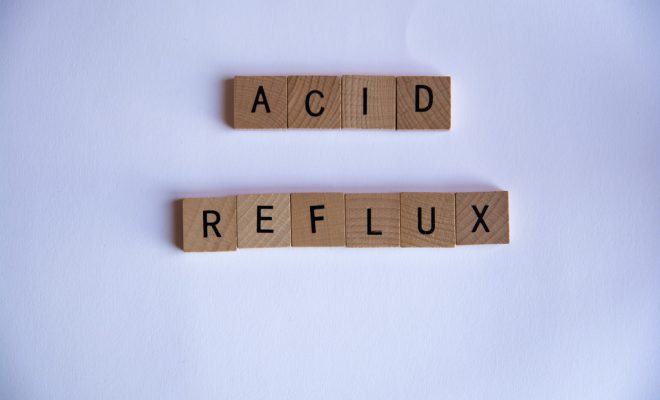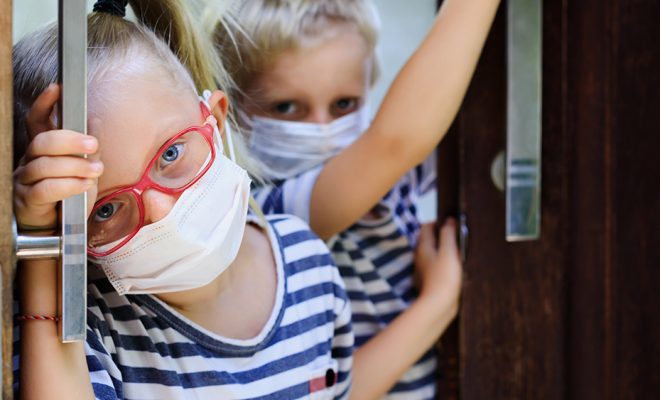Glyphosate Testing in Portugal Detects Highest Levels Ever Recorded in People With no Professional Exposure

Worldwide, glyphosate contamination is rampant. Around 650,000 tons of the chemical, the primary ingredient in Monsanto’s Roundup, were applied globally in 2011. Unsurprisingly, the widely used weed killer is in our water supplies, soil and conventionally grown crops. Now, thanks to independent testing, we’re beginning to understand how glyphosate, a probable carcinogen, accumulates in people.
Testing conducted by the Portuguese No GMO Coalition and the Detox Project is the latest to discover the presence of glyphosate in human urine. However, their results are unique in that they detected substantially higher levels of the weed killer than any other tests performed in Europe in people with no professional exposure to glyphosate.
The urine of 26 Portuguese volunteers was tested; glyphosate was identified in 100 percent of the samples. Sadly, children had the highest amounts of the weed killer in their urine. This revelation follows on the heels of a report linking pesticide exposure to childhood cancers.
Scientists have long understood the vulnerability of children regarding pesticide exposure.
“Quickly growing bodies take in more of everything; they eat, breathe and drink more, pound for pound, than adults. As physiological systems undergo rapid changes from the womb through adolescence, interference from pesticides and industrial chemicals—even at very low levels—can derail the process in ways that lead to significant health harms,” explains the Pesticide Action Network.
The test results showed that “the three youngest volunteers (aged between 7 and 19 years old) presented an average value higher … than the whole group,” reports Sustainable Pulse. The average level of glyphosate in the volunteer’s urine was 26.2 ng/ml, an amount far higher than what similar testing in Germany found.
Last year, when Germany tested 2,000 urine samples for glyphosate, the average level was 1.1ng/ml, and the highest 4.2 ng/ml. Child volunteers had higher levels of glyphosate in their urine in this round of testing, as well.
In 2013, Friends of the Earth tested urine for glyphosate in volunteers from 18 European Union countries; the highest level detected was 1.8 ng/ml in Latvia.
City dwellers and gardeners showed similar levels of glyphosate in their urine
Another notable finding in the testing done in Portugal is that there was no difference in glyphosate levels between professional gardeners and city dwellers with no professional exposure to the weed killer.
The testing found “no clear difference in the average values of the 4 volunteers that, being professional gardeners, may have been expected to have higher levels (the other 22 were all urban dwellers with no professional exposure).”
Most importantly, “the values above 20 ng/ml are, according to the available literature, the highest concentrations ever found in people with no professional exposure to glyphosate.”
This provides reason to believe that glyphosate exposure is occurring through the ingestion of food and water contaminated with the chemical. As is the case in many areas, glyphosate is the most widely used herbicide in Portugal, in which 1,600 tons are sold every year. In addition to farming, glyphosate is sprayed heavily in urban areas such as parks and playgrounds.
The testing completed in Portugal was the first official glyphosate testing to be done in over a decade, reports Sustainable Pulse.
“Although Portugal’s Ministry of Agriculture monitors food annually for the presence of over 300 pesticide residues, glyphosate has been excluded from these analyses. The same goes for tap water, since the Ministry does not include glyphosate in the list of substances to be tested by utility companies.”
Sources:
SustainablePulse.com
BakersFieldNow.com
Science.NaturalNews.com
PANNA.org
FOEEurope.org[PDF]








